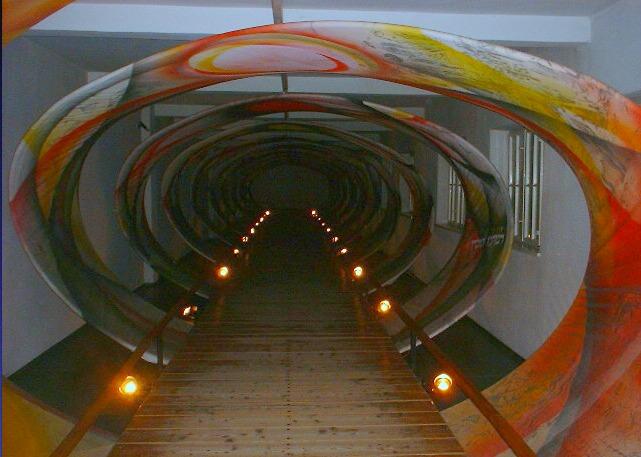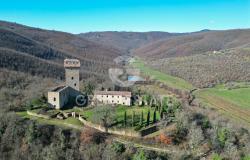"Visitors look upon the vestiges of this camp and meditate: from wherever you may come, you are not an outsider. See to it that your journey is not in vain, that our death has not been in vain. The ashes of Auschwitz are a warning for you and your children: make sure that the horrendous fruits of hatred whose traces you have seen here, produce no new seeds, neither tomorrow, nor ever again”. [Primo Levi]
The Italian Memorial, designed in the late 60s as a synthesis of art and history, should have been removed and replaced by last October because it was declared obsolete by the Auschwitz camp administrators. In the absence of a new project - one that would pay more attention to the new trends of teaching history - the space reserved for Italy would be granted to other countries.
The Italian Pavilion at Auschwitz was opened in 1980. Primo Levi wrote the texts, Luigi Nono the soundtrack, Ludovico di Belgiojoso designed it and Mario Samonà painted the fresco on the walls. After 1989 many of Auschwitz memorial halls have been renovated. France, Holland, Belgium, Hungary have rewritten the history of their deportation, more in line with the new acquisitions of research about this tragedy.
Even in Italy, after the Italian government approved a funding of 900 thousand Euros for the restoration of the Memorial, since the early months of 2008, some historians -including Giovanni De Luna and Michele Sarfatti - wondered if instead of the original art display a new one was necessary.
The Belgiojoso’s spiral design in fact tells about the occupation of the factories, about the Ordine Nuovo, Gramsci and the anti-fascism movement in a difficult way, sometimes hard to understand even on the historical level.
The Italian Association of Ex-Deportees defends the memorial, arguing that a work of art speaks a more universal language, as was the intention of those who planned the installation of Block 21.
The pavilion is now closed. It is hoped that the Italian Government - along with Aned - can intervene to allow the re-opening to the public of Block 21, while waiting to realize a new project.
A “memory day” once a year, sometimes, it’s not enough.













